Shift Differential Pay – What it is, How to Calculate and Implement It
In this article, you will learn about Shift Differential Pay: Learn what it is, how to calculate and implement it effectively for your call center or BPO.
5 min read
Shift differential pay is a compensation method designed to reward employees who work non-standard hours. For call centers and BPOs (Business Process Outsourcing), understanding and implementing shift differential pay is both an essential part of operations and a necessity for maintaining employee satisfaction and retention.
As call centers and BPOs grow, managing a multi-shift workforce becomes more complex. According to a study by Gallup, almost 15% of the U.S. workforce work non-standard hours, which includes evenings, nights, and weekends. In industries with 24/7 operational demands like call centers, shift differential pay can be an effective strategy for incentivizing such unfavorable work hours.
This blog post aims to demystify shift differential pay.
We’ll go over what it is, why it’s important, how to calculate it, and how to implement it effectively for your organization. Whether you are a CXO, HR manager, or an operations manager, understanding this concept will be invaluable for your role and for the satisfaction of your employees.
A well-structured shift differential pay policy can drive better performance, improve attendance, and ultimately lead to higher customer satisfaction.
What is Shift Differential Pay?
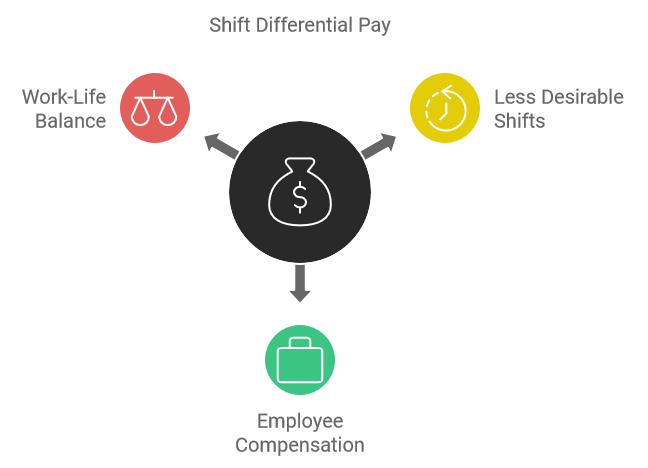
Shift differential pay is additional compensation provided to employees for working less desirable shifts, such as evenings, nights, weekends, or holidays. This extra pay is a percentage or flat amount added to the base hourly rate. This practice is common in industries where 24/7 operations are the norm, such as healthcare, law enforcement, and notably, call centers and BPOs.
Pro Tip
Clearly define what constitutes an 'undesirable' shift in your organization's policy. This removes ambiguity and helps in smooth implementation.
Benefits of Shift Differential Pay
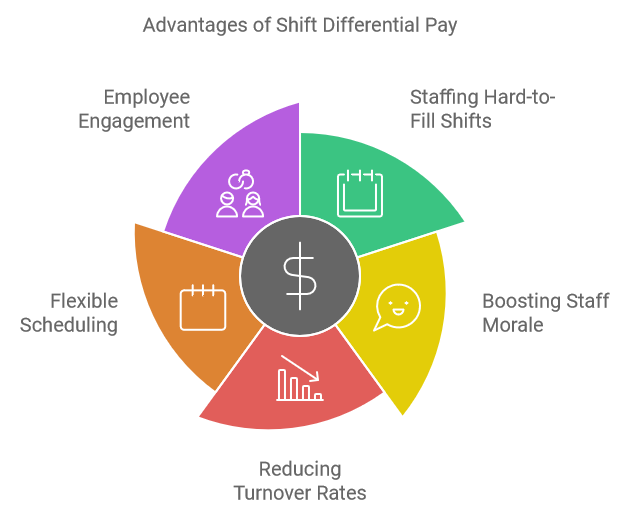
Implementing shift differential pay can offer multiple advantages such as aiding in staffing hard-to-fill shifts, boosting staff morale, and reducing turnover rates.
According to the 2020 National Study of Employers by the Families and Work Institute, workplaces that offer more flexible scheduling saw a significant improvement in employee engagement.
Pro Tip
Use employee feedback to gauge which shifts are considered less desirable and structure your differential pay accordingly.
Compliance and Legal Requirements
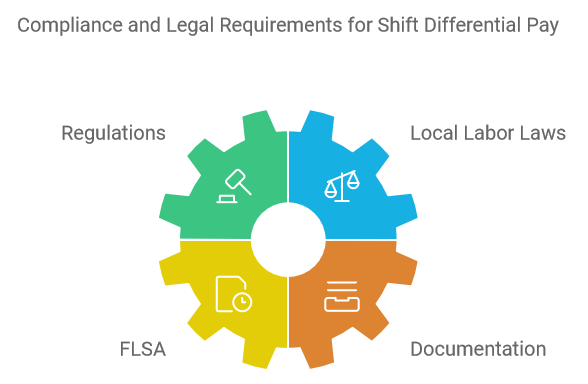
Regulations surrounding shift differential pay can vary by region and should always be validated against local labor laws. Failure to comply can result in legal repercussions and heavy fines.
The Fair Labor Standards Act (FLSA) in the U.S. does not mandate shift differential pay, but any such agreements should be documented and adhered to.
Pro Tip
Consult with a labor law expert to ensure that your shift differential pay policy complies with local regulations.
How to Calculate Shift Differential Pay - Determining Eligibility
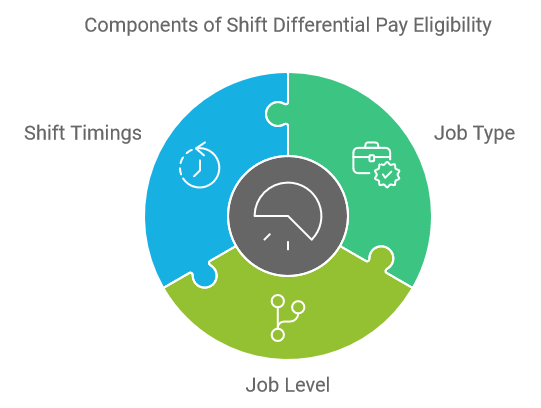
Identifying which employees are eligible for shift differential pay is the first step. Typically, this applies to positions that are required to work during unconventional hours. Eligibility can be based on the type of job, the level, or the shift timings.
Pro Tip
Use a software system to track eligibility and ensure fair application of shift differential pay across your workforce.
Flat Rate vs Percentage Method to Calculate Shift Differential Pay
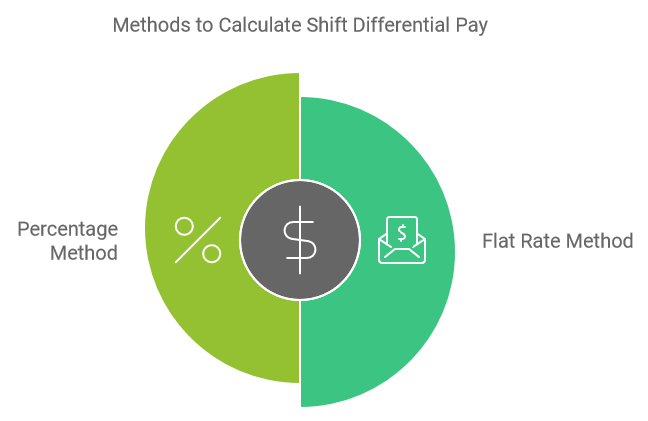
There are generally two methods to calculate shift differential pay: the Flat Rate Method and the Percentage Method.
- Flat Rate Method: Here, employees receive a fixed amount extra for working non-standard hours. For example, they might get an additional $1.50 per hour.
- Percentage Method: In this method, a certain percentage is added to the base hourly rate. For instance, an additional 10% of the base hourly rate can be given for working a night shift.
Pro Tip
Use the flat rate method for roles with consistent and predictable shifts and the percentage method for more variable roles.
Sample Calculations for Shift Differential Pay
Let’s break down some basic calculations:
- Flat Rate Method: If an employee makes $15 per hour and the night shift differential is $1.50, they will make $16.50 per hour for the night shift.
- Percentage Method: If an employee’s base rate is $20 per hour and the shift differential is 10%, they will earn an additional $2 (10% of $20), making their new rate $22 per hour.
Pro Tip
Create tools or spreadsheets for managers to easily calculate shift differential pay for their teams.
Creating a Policy to Implement Shift Differential Pay in Call Centers and BPOs
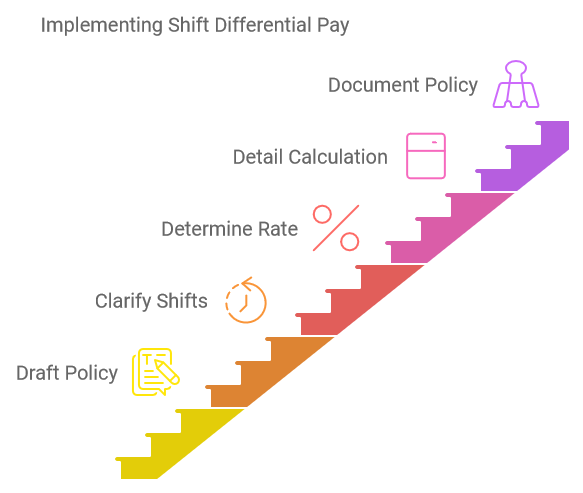
To implement shift differential pay, the first step is to draft a clear policy outlining how it will work. Clarify which shifts qualify for differential pay, the rate or percentage applied, and detail how it will be calculated and paid. This policy should be documented and included in employee handbooks.
Pro Tip
Regularly review and update your shift differential pay policy to ensure it remains competitive and fair.
Training Managers on Shift Differential Pay Policy
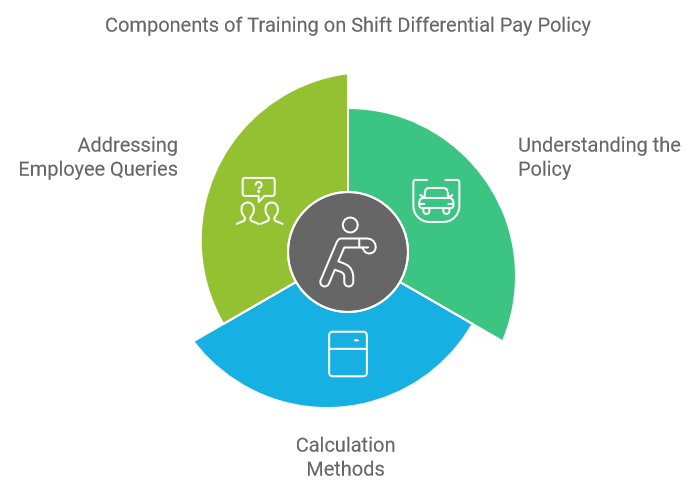
Managers need to understand the shift differential pay policy to enforce it correctly. Training sessions should be conducted to familiarize them with the policy, calculation methods, and how to address any queries from employees.
Pro Tip
Develop ‘cheat sheets’ or quick reference guides for managers to ensure they can easily answer employee questions about shift differential pay.
Integrating with Payroll Systems
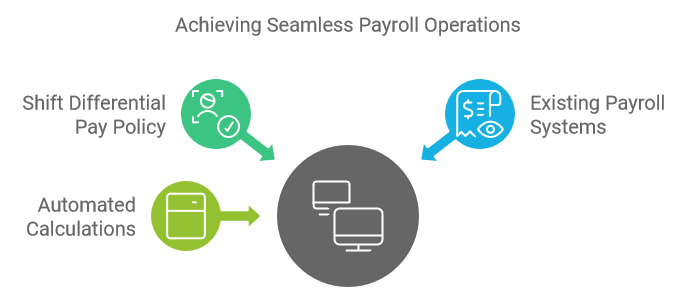
Integrate your shift differential pay policy with your existing payroll systems for seamless operations. Many payroll software options allow for shift differentials, automating the complex calculations required.
Pro Tip
Before going live, run several test payrolls to ensure the differential pay is calculated accurately and consistently.
Handling Disputes
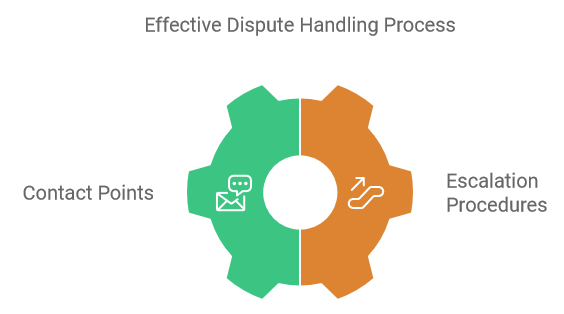
It’s crucial to have a well-defined process for handling any disputes regarding shift differential pay. Employees should know whom to contact and what the escalation procedures are.
Pro Tip
Maintain thorough records of all shifts worked and differential pay issued so you can quickly resolve any disputes with documented evidence.
Monitoring and Evaluating Effectiveness of Shift Differential Pay
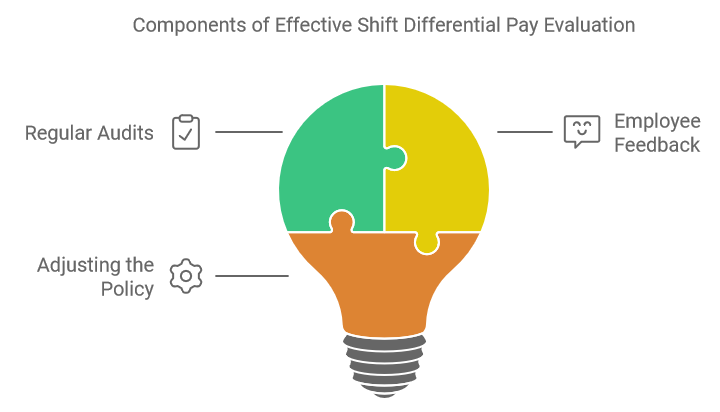
Regular Audits
Conduct regular audits to ensure compliance and identify any discrepancies in the application of shift differential pay. This also helps in refining the policy based on operational needs and workforce dynamics.
Pro Tip
Implement an internal audit team that periodically reviews the shift differential pay processes for potential improvements.
Employee Feedbac
Gathering feedback from employees is invaluable for assessing the effectiveness of your shift differential pay policy. Send out surveys or hold focus group meetings to collect insights and suggestions.
Pro Tip
Make feedback sessions anonymous to encourage honest and constructive criticism from employees.
Adjusting the Policy
Based on audits and feedback, you may find the need to adjust the shift differential pay rate, eligible shifts, or other parameters. Flexibility in adjusting the policy can keep it aligned with organizational goals and employee satisfaction levels.
Pro Tip
Announce any changes well in advance and conduct training sessions to help employees and managers understand the updated policy.
Conclusion
Shift differential pay is more than just an additional compensation tool; it can be a pivotal factor in employee satisfaction and operational efficiency for call centers and BPOs.
Given the 24/7 demands of these industries, having a solid, well-implemented shift differential pay policy can aid in staffing critical shifts, reducing turnover, and maintaining high levels of employee satisfaction.
Understanding and implementing this policy effectively involves careful consideration of eligibility, calculation methods, and compliance with legal requirements. Leveraging technology for smooth implementation and gathering feedback for continuous improvement will ensure the longevity and success of your shift differential pay strategy.
With this comprehensive guide, you’re now equipped to refine or create a shift differential pay policy that meets your organizational needs and boosts your overall productivity. Remember, a happy workforce is a productive workforce.



